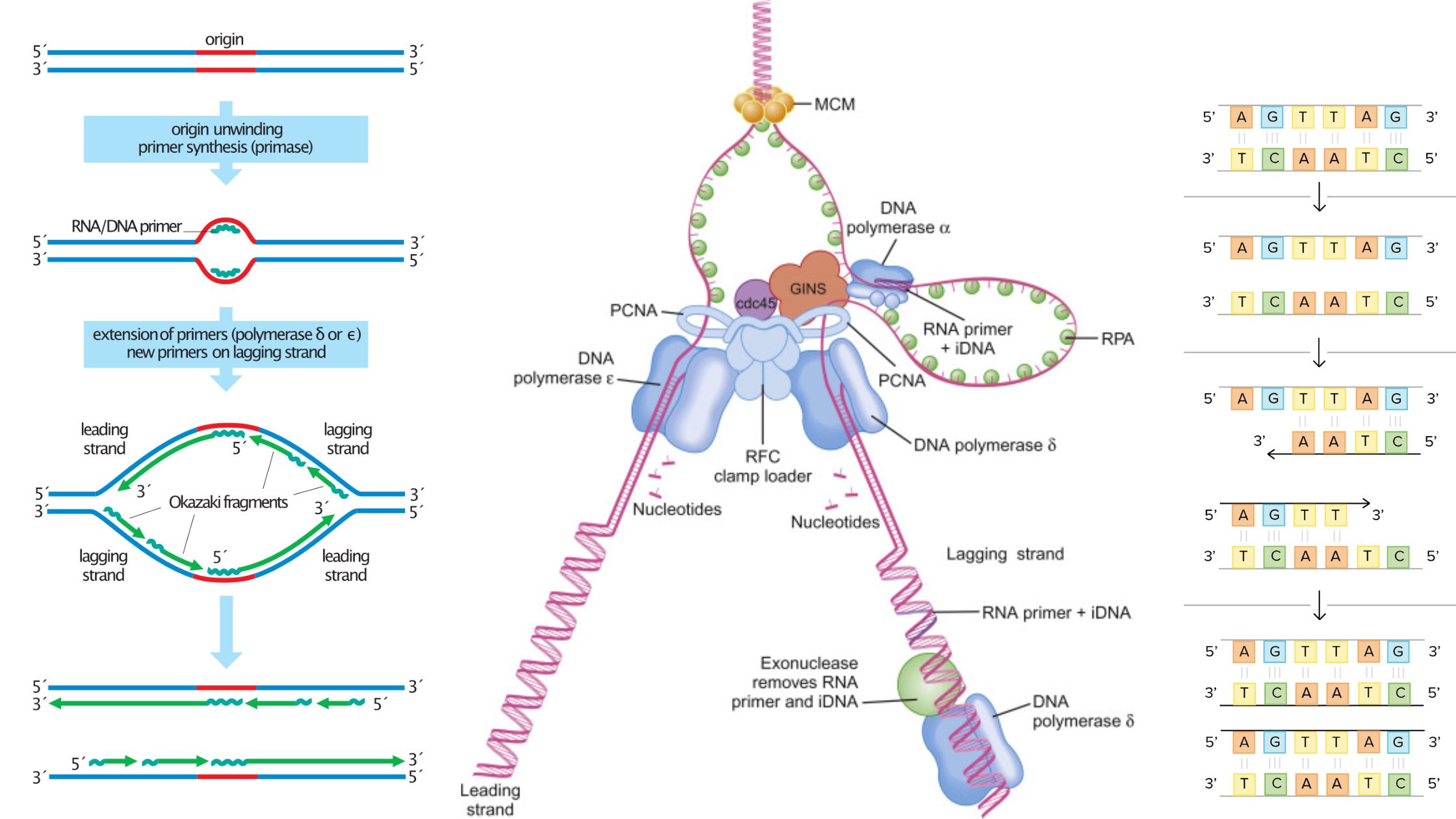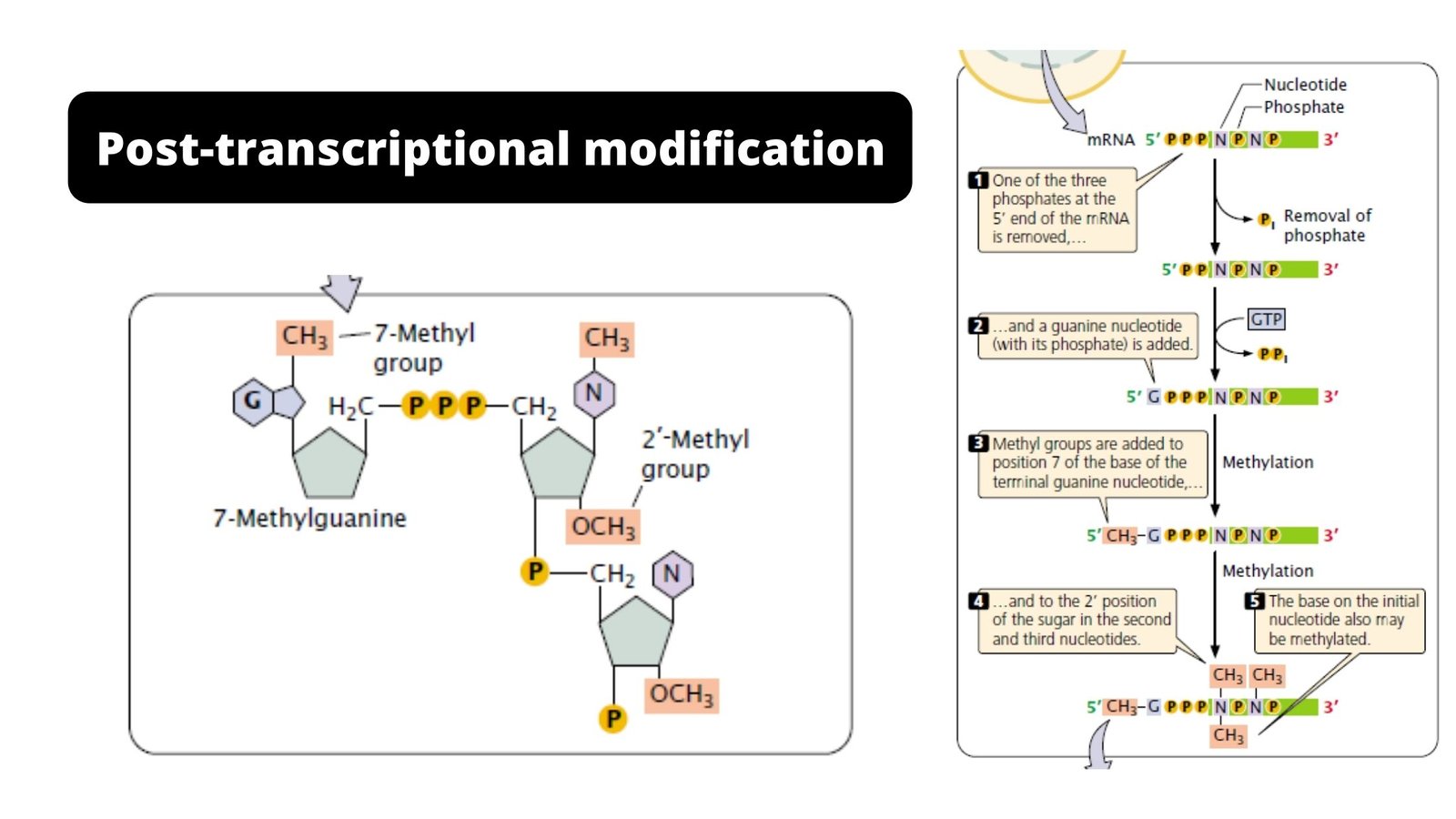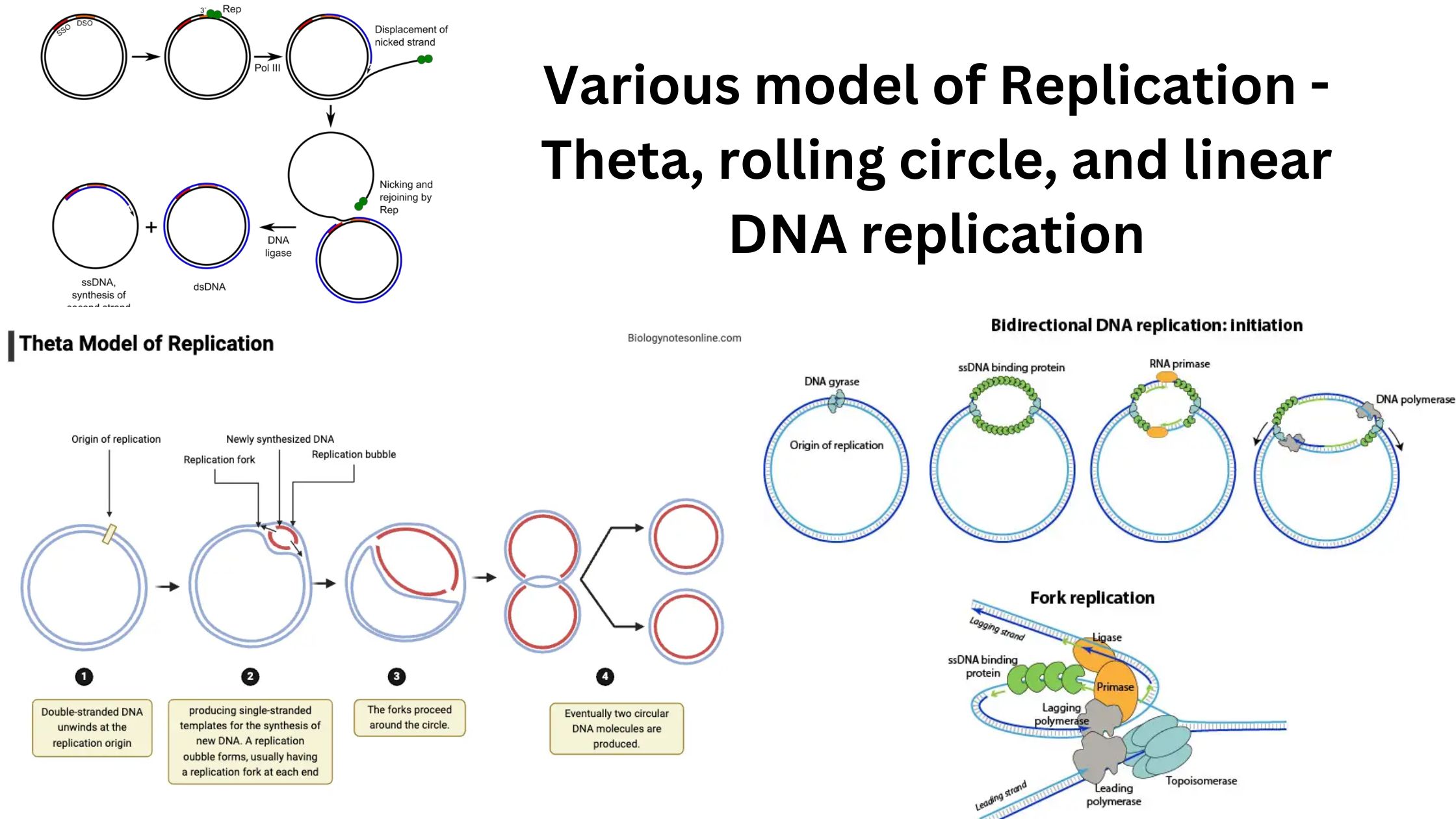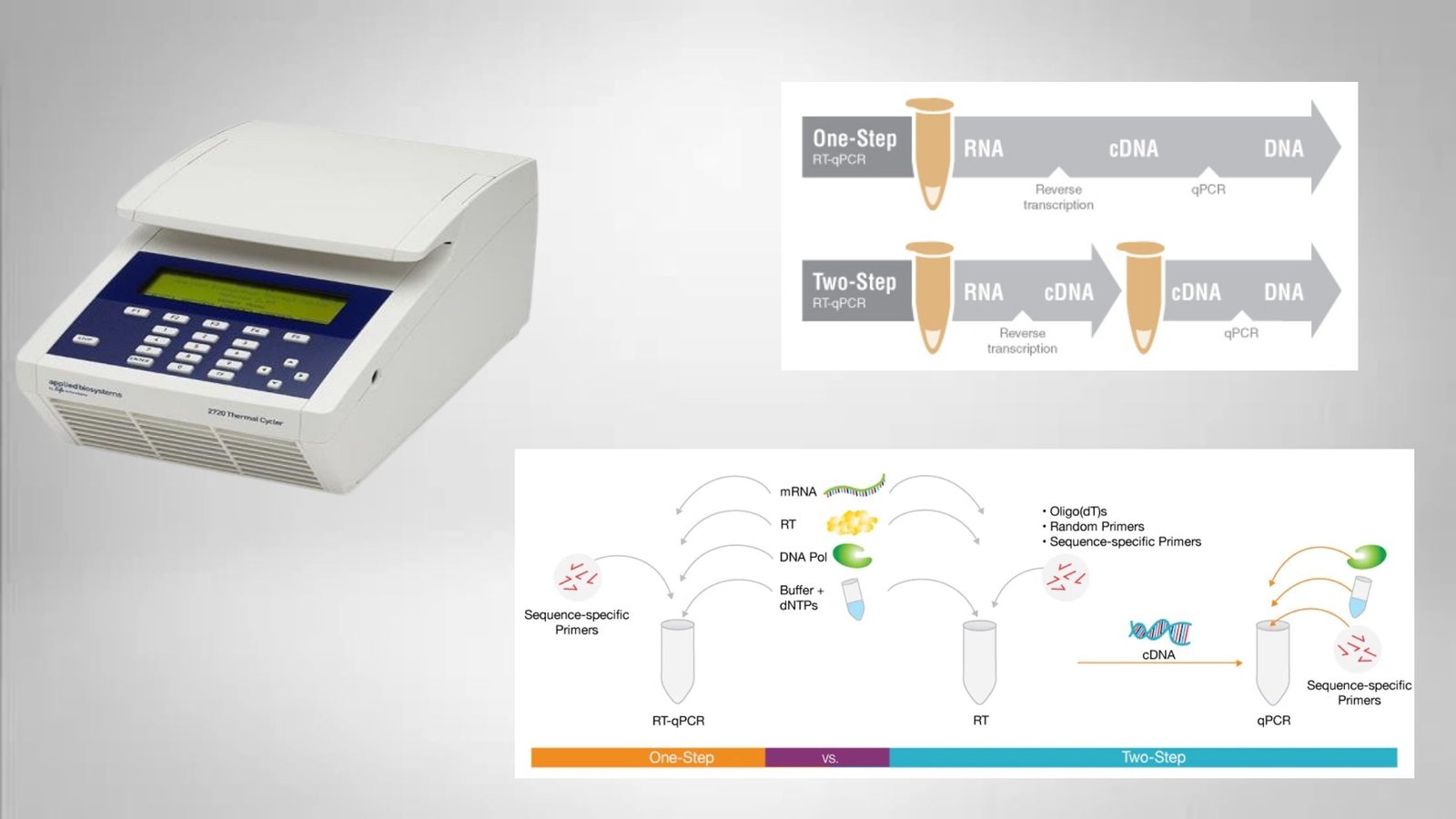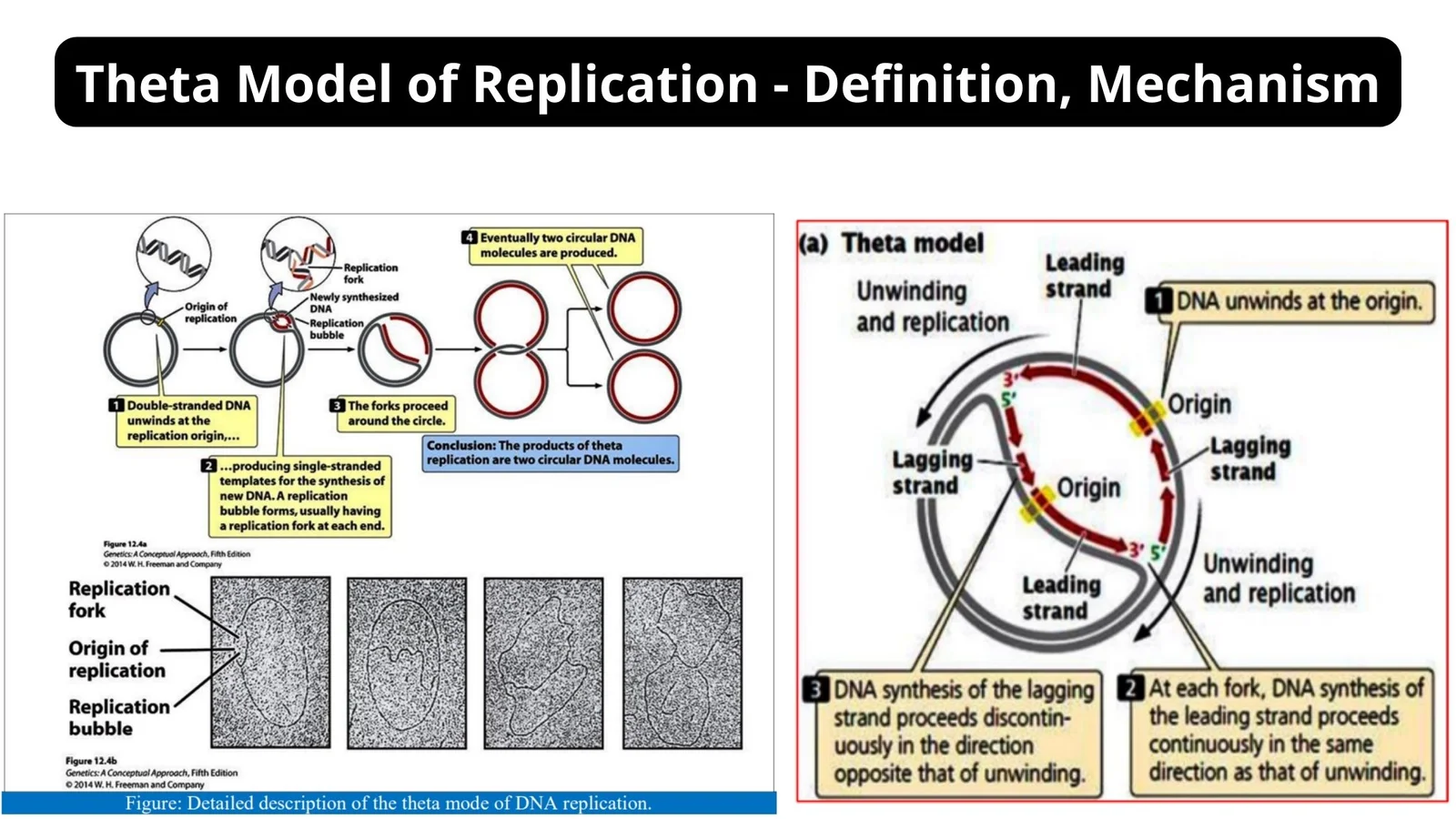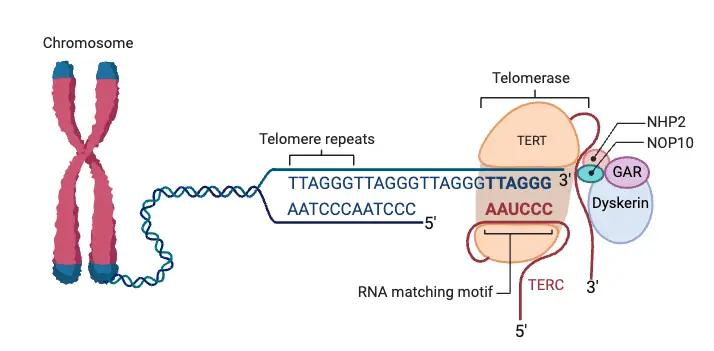Transposable elements – Definition, Types, Examples, Application
Transposable elements can be described as mobile genetic segments that is able to move from one position of the genome to another without the need of any homology. It is the process where small DNA sequences is shifted or sometimes replicated inside the chromosomes, and this movement is referred to as transposition. It is seen … Read more

